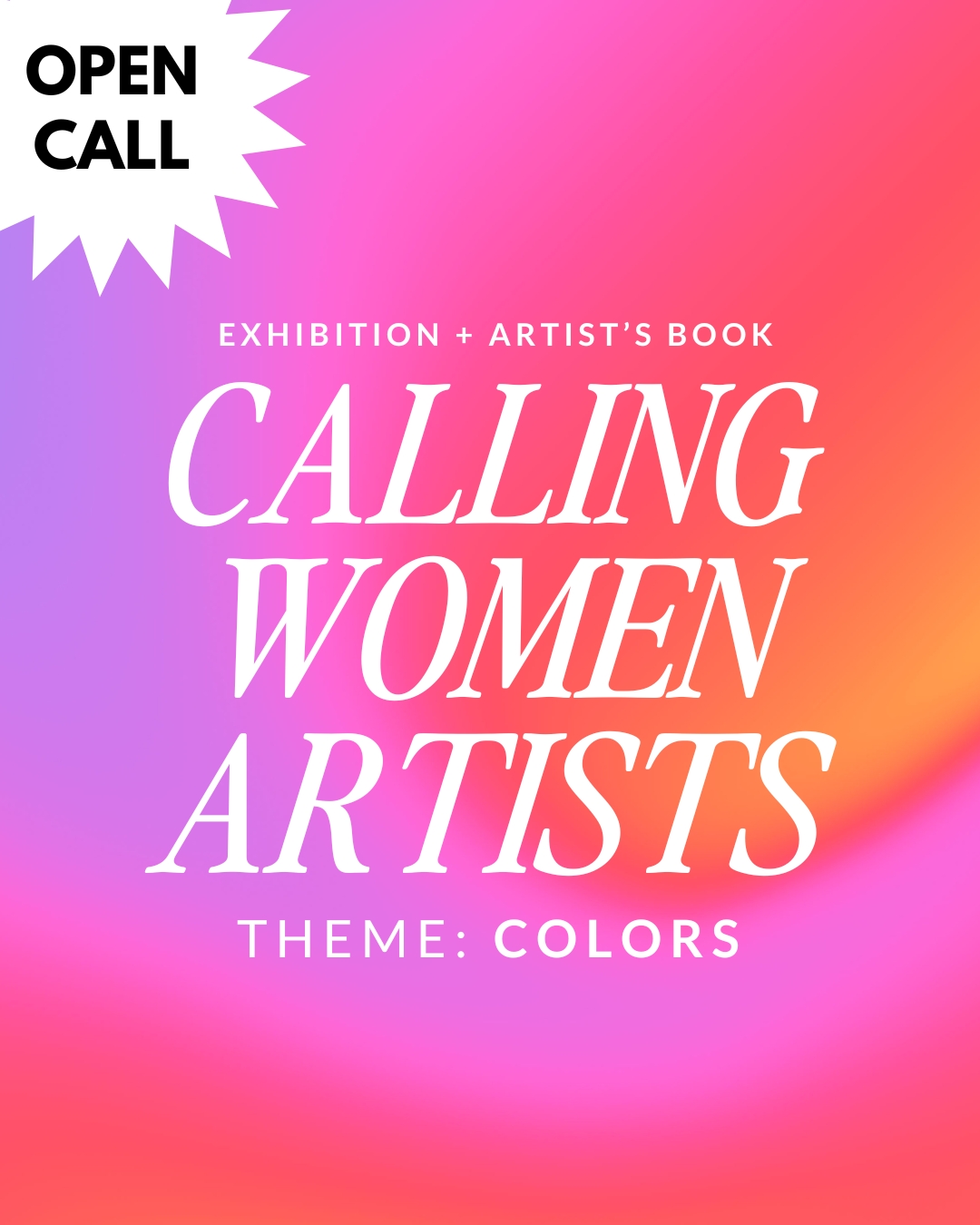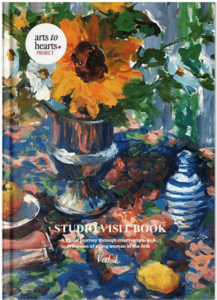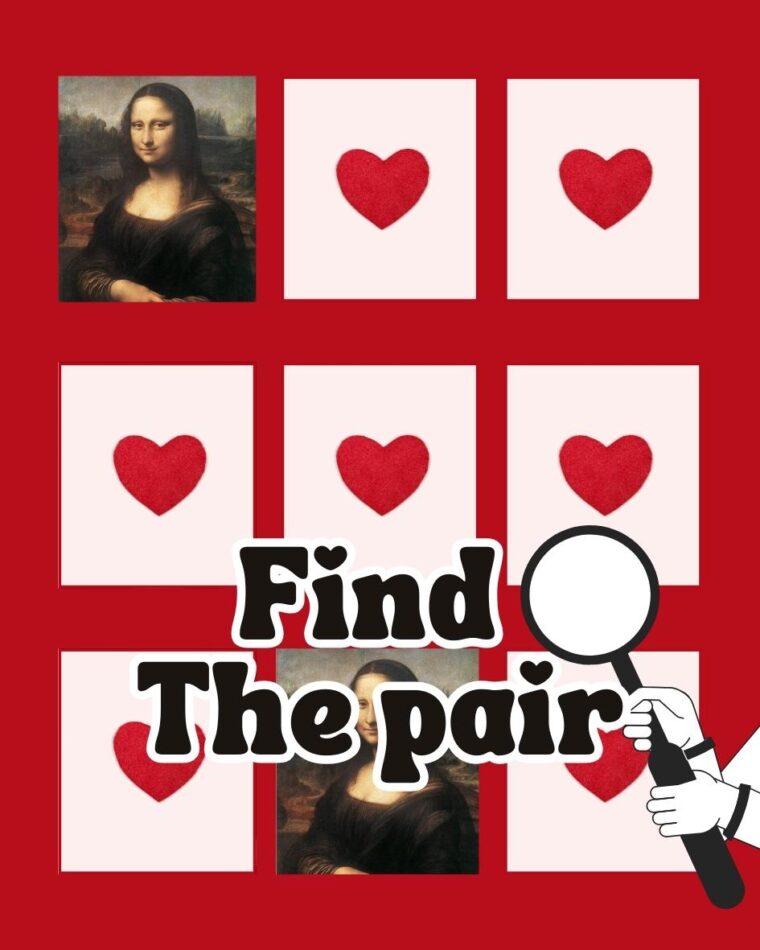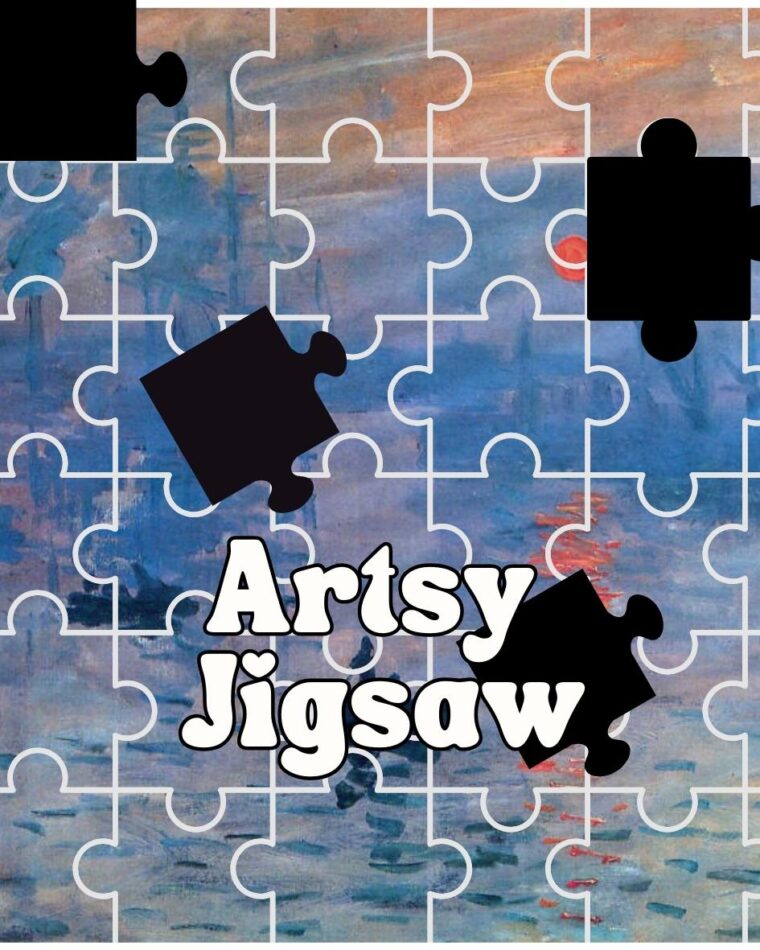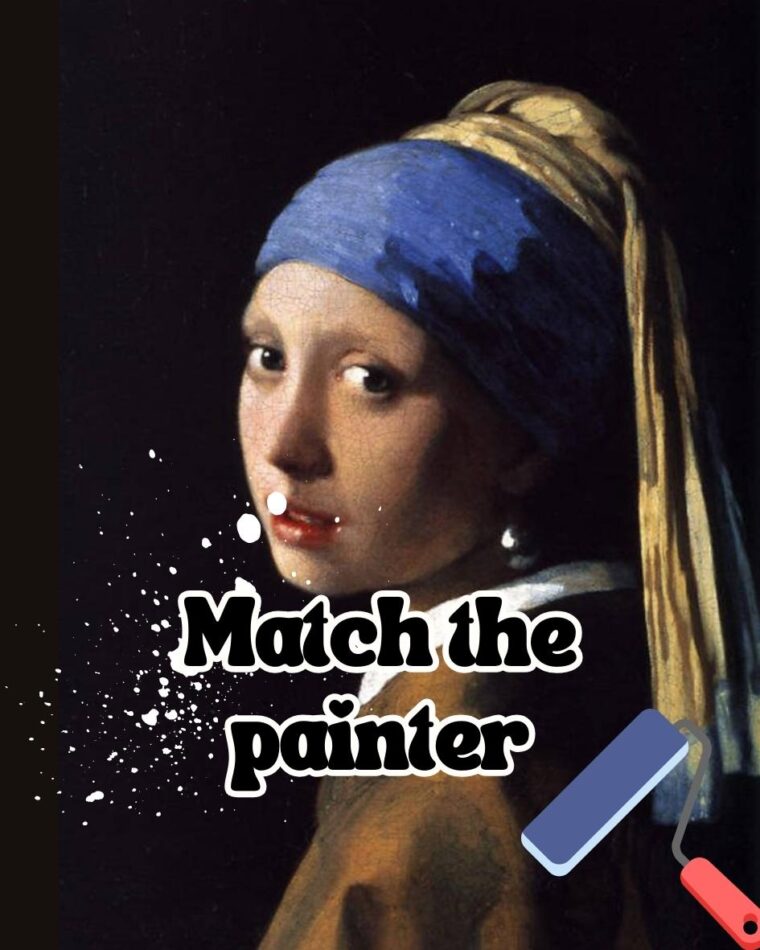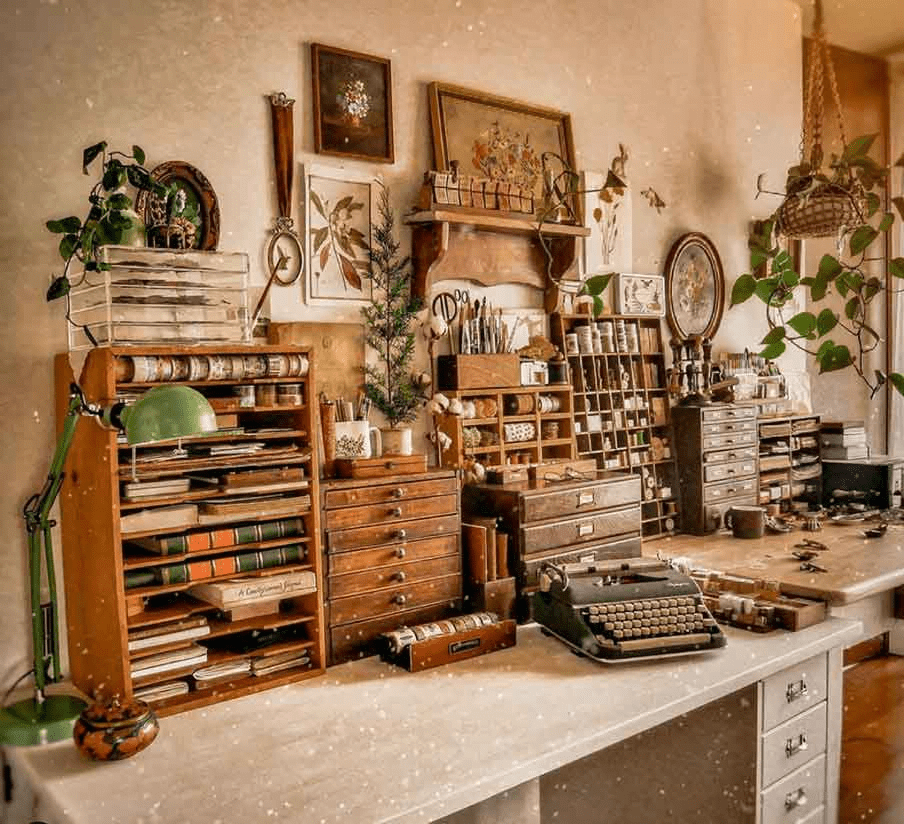
Finding Meaning in Layers: An Interview with Paper Artist Ruth Becker


Ruth Becker is a multidisciplinary artist known for her paintings and layered paper artworks. Her style and technique are rooted in contemporary Jewish folk craft. She began cutting paper as a teen and later established her practice designing ketubah (Jewish wedding art,) creating over 2,000 works for couples worldwide. Ruth lives and works in Chevy Chase, Maryland, and recently returned to the area after twenty-five years abroad. She is represented by Long View Gallery in Washington DC.
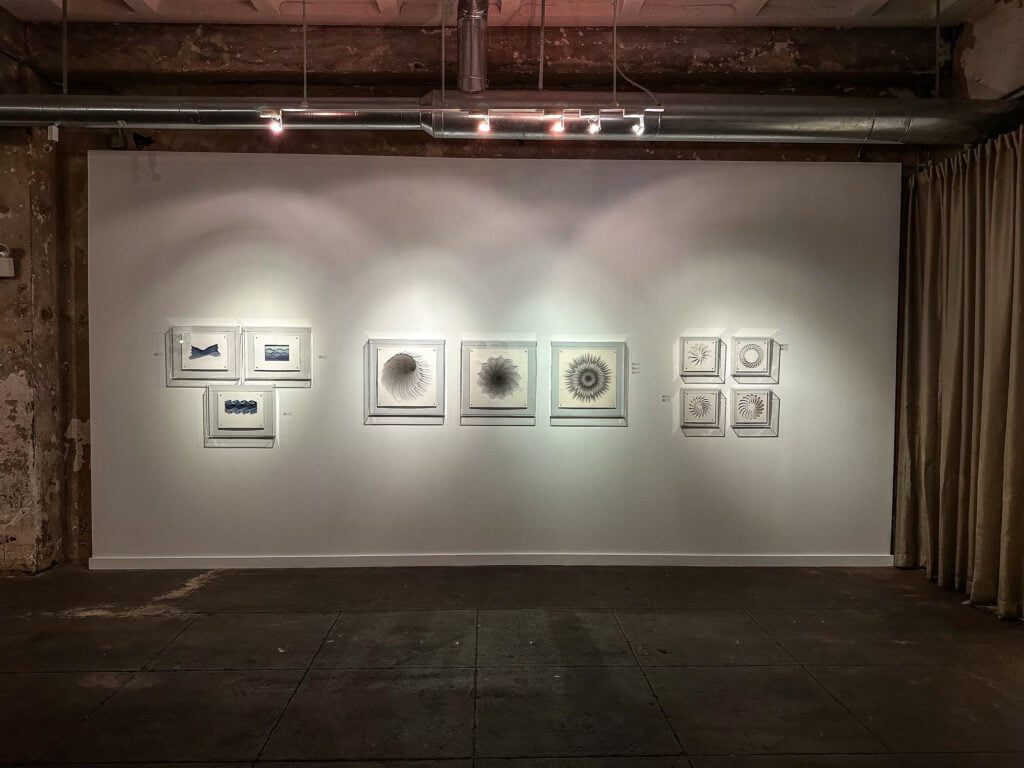
The multi-layered cut paper artworks are like tree rings or geological strata, cut crosswise to reveal their once-hidden inner workings and naked beauty. The works are artifacts of the creative process they describe, textured by time and change. The conditions that make life possible on our planet developed over the course of eons.
This process is mirrored in her work, in which repetition and subtle change allow for new combinations, ever-more extensive connections, and increased complexity. The result is more than the sum of its parts. Paper, when cut and stacked, transforms from a flat surface into a dimensional object.
Driven by the twin forces of repetition and variation, Ruth’s works tend to take on rock-like or wave-like forms, suggesting ancient trees and shells; pinecones or petals; primordial waters of the earth itself; oceans whose captivating surface only hints at mysteries they shroud, hypnotic waves frozen in time revealing their complex yet delicate structure.
An interview with the artist, Ruth Becker.
1. Ruth, I am in awe of your work. These layered, intricate paper-cut artworks are intriguing. Can you explain the art ‘Ketubah’?
Thank you so much for your kind words! And thanks for the opportunity to discuss my work with you today. So first, about my work: I create layered paper artwork. Some (but by no means all) of my pieces combine artwork with special wording intended to celebrate a Jewish couple’s wedding: These are ketubahs.
A ketubah is a Jewish marriage contract integral to traditional and contemporary Jewish wedding rituals. It’s also a very popular form of Jewish ceremonial art! Dating back about two thousand years, the ketubah describes a married couple’s mutual promises to one another, is signed by witnesses, and read aloud during the wedding ceremony. But a ketubah is more than a wedding contract! According to our tradition, anything we are obligated to do ought to be done beautifully. So ketubahs have always been beautifully designed and decorated documents in styles as wide-ranging and varied as the times and places Jewish couples have married.
By the 18th and 19th centuries, papercutting was all the rage in Jewish communities, and ketubahs were often created as intricate papercut artworks. My own ketubah designs are rooted in tradition, and are also works of contemporary fine art, very much a product of modern aesthetic influences and technologies. My layered paper works that do not include text are not ketubahs — even if they have roots in Jewish culture.


2. Ruth, how do you feel Jewish culture has influenced your work?
I was first introduced to paper cutting as a traditional Jewish folk craft and created my first papercuts when I was in high school. At first, I made some greeting cards and simple projects, but by the time I was a college student, I was creating some pretty large-scale complex cut-out works. Later, my familiarity with Jewish culture provided my entry point into the art market: By the time I began making art full-time, I was in my 30s, living abroad, and had no clue how to go about selling my art.
Since I knew about ketubahs, and knew that Jewish couples would often purchase beautiful works of art for their weddings, I figured that I might be able to carve out a niche for myself — so to speak — where the wedding and art markets overlapped. I created a few initial designs and opened an Etsy shop. That was in 2010 — and I’ve sold over 2,000 ketubahs since. My heritage and tradition inform my work in ways that run deeper than market forces, though, and deeper even than my medium of choice: Jewish thought, mysticism, aesthetics, philosophy — and all of this is woven into my work.
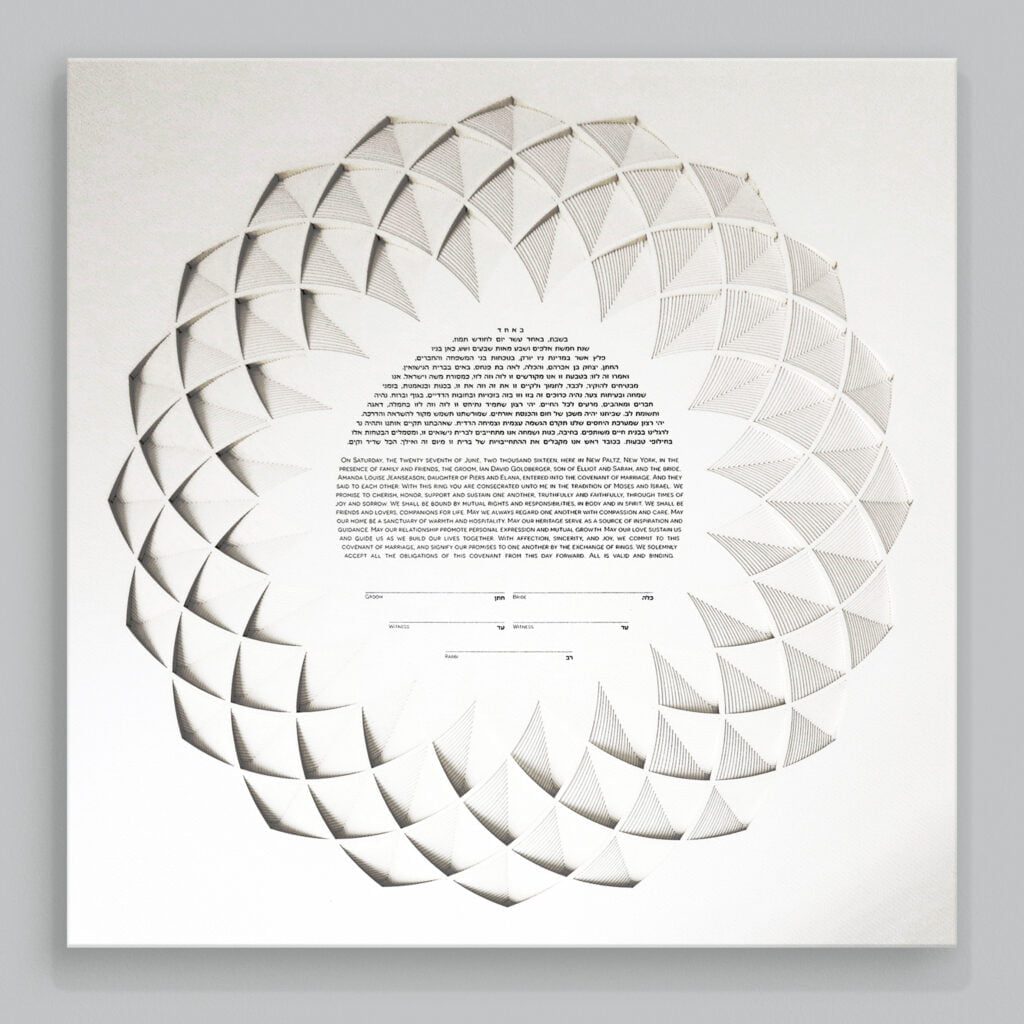
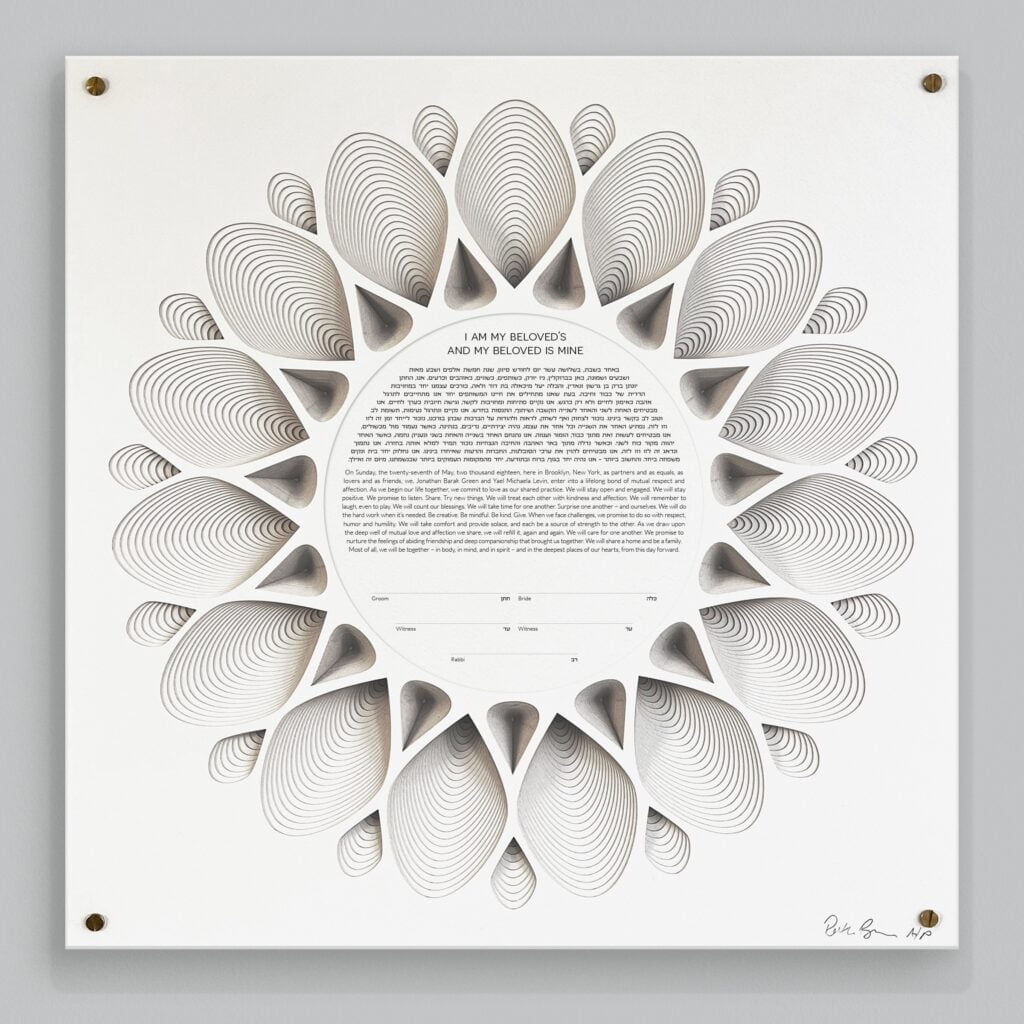
Sometimes it’s explicit, like when I riff off of Hebrew calligraphy and letterforms. And sometimes the influence is implicit: My process carries a sort of relentless questioning, together with a commitment to abstraction, that feels very Jewish to me. When my work is joyful, it sings in a minor key. This, too, is my Jewish soul at work — and at play, as well.
My own ketubah designs are rooted in tradition, and are also works of contemporary fine art, very much a product of modern aesthetic influences and technologies.
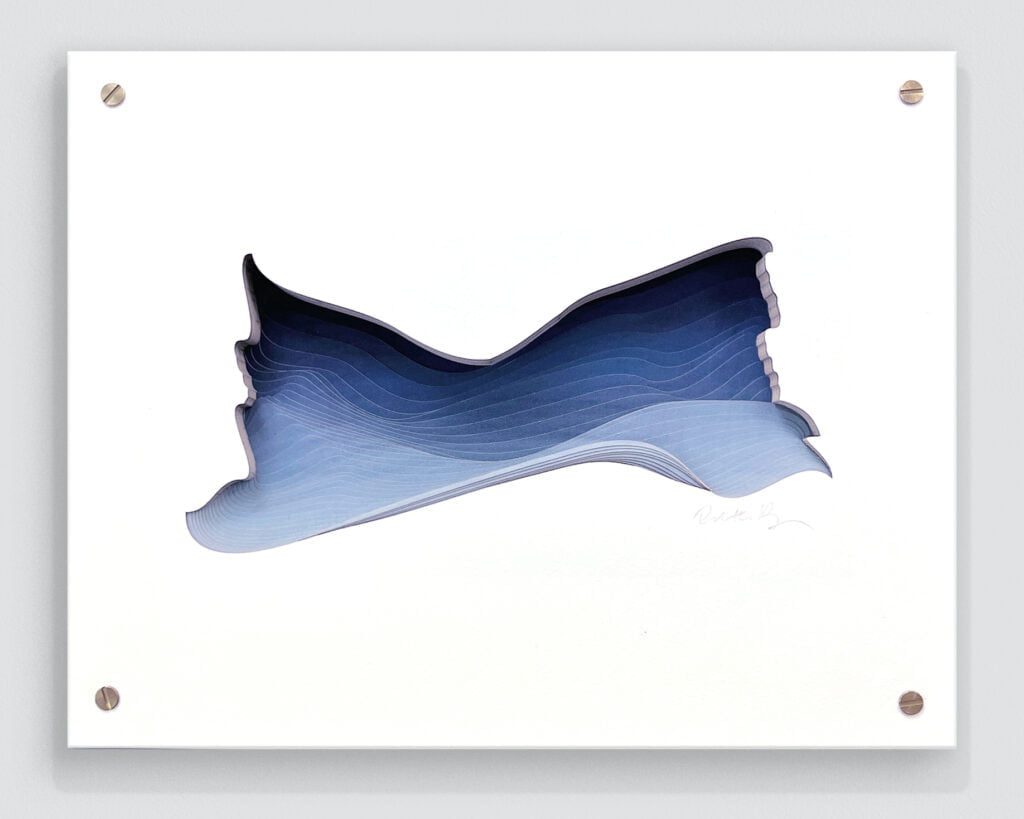
3. The artworks are very interesting. The waves, ripples, Blue Lotus, each piece is unique. Ruth, how do you conceptualize such designs and execute them perfectly?
I design my paper works digitally, often starting with the simplest of shapes — a circle, a waveform, or a teardrop, for example. I then copy or repeat this initial form a dozen (or a few dozen) times, making subtle but significant changes as I go. I compile these transformations into a single image and organize its components into a sequence in which each layer incorporates and builds upon the next.
Some of my works incorporate paintings — usually acrylic on paper — which are scanned and perhaps manipulated in Photoshop. I create multiple archival-quality inkjet prints of each. Next, I laser-cut the prints or paper so that each layer repeats — but slightly diverges from — the preceding one. Finally, I stack and assemble the cut, printed sheets into composite structures that call to mind waters, rocks, and other natural forms.
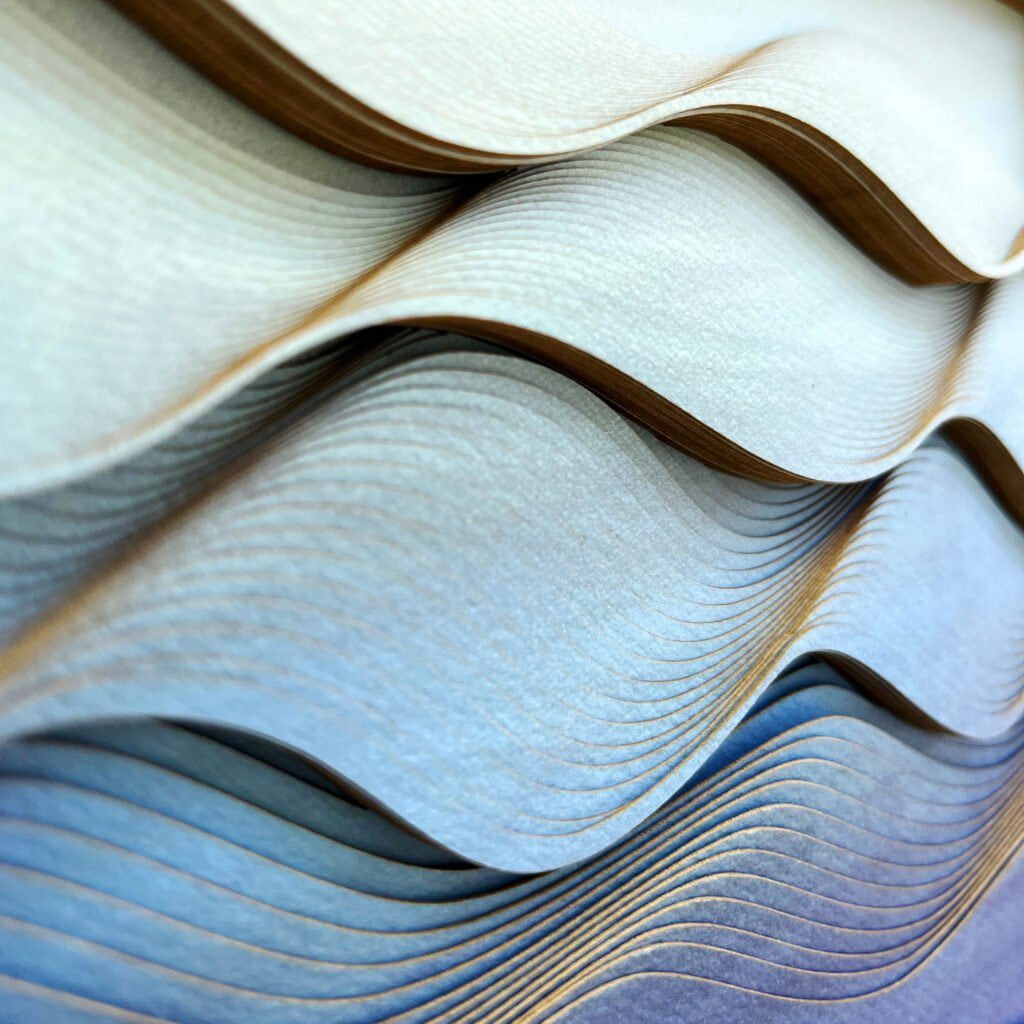

Conceptually, the works are driven by the push and pull of both repetition and change. In terms of technique, experience is the truest guide: A lot of what I’ve learned over the years has become intuitive and integrated into my process. For example, I no longer really think about how to create a sense of depth or how to get everything to line up perfectly at this point.
Of course, the right tools help a great deal: My knowledge of digital design and laser-cutting are crucial for executing the work with precision.
My heritage and tradition inform my work in ways that run deeper than market forces, though, and deeper even than my medium of choice.
4. How would you describe your creative process for designing this amazing Jewish folk art?
My creative process is driven by my choice of medium: Paper cutting has its own internal rigor. You can’t just kind of smoosh things around and call it good, you know? It has to work — which is satisfying sort of the way solving a math problem is satisfying. The precision and planning involved require an analytical, exacting mindset and a certain mode of insight that I really enjoy bringing to bear on my work.
I’d also describe my creative process in the same terms I use to describe the works themselves: Just as each layer repeats but slightly diverges from the preceding one, each artwork combines a process that I’ve developed over time while also building on previously unexplored or unresolved aspects of prior work.
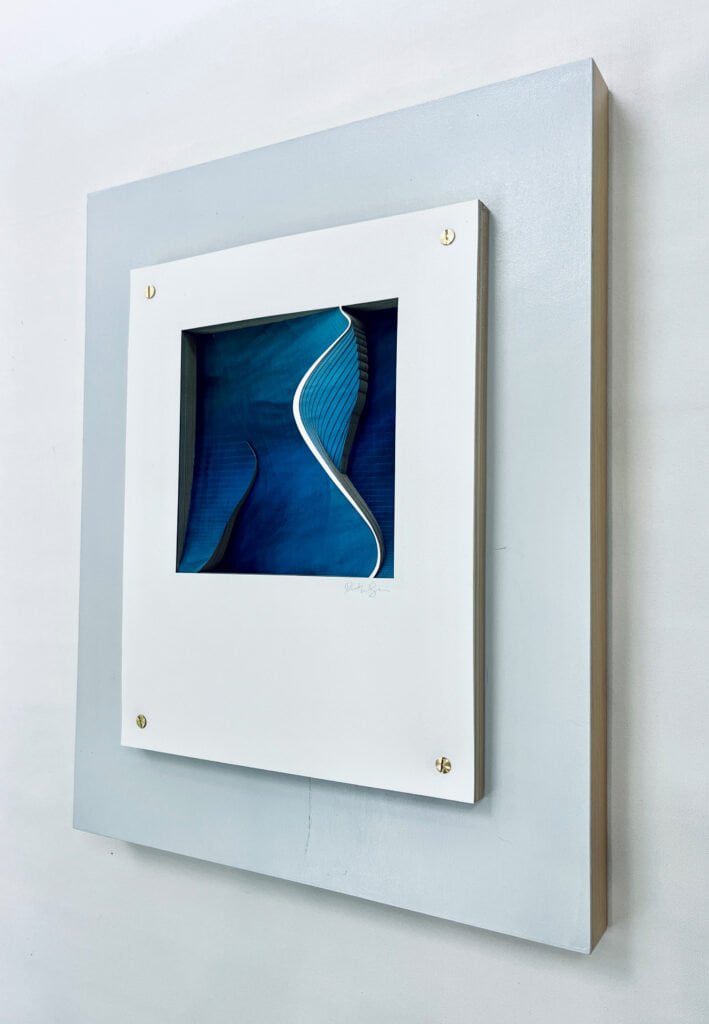

5. Ruth what are you currently working on and are you exhibiting presently? Please share details with our readers.
I am currently exhibiting works from my recently-completed series of layered paper artworks at Long View Gallery in Washington D.C. as part of their New Year/ New Artists exhibition. I am also exhibiting in a group show together with seven other contemporary Jewish artists at the Bender JCC in Maryland.
Next up, I will be exhibiting works at the 2023 Creative Crafts Council biennial to be held at Strathmore Mansion in Bethesda, Maryland, as well as at a number of local art fairs. Looking ahead, I plan to create works on a much larger scale, and I’m working to make that happen! I’ve also begun experimenting with wood and acrylic.
Translating my work into different materials and mediums is very challenging — and really exciting! I’m loving the results and can’t wait to share them.
Read more about the artist
